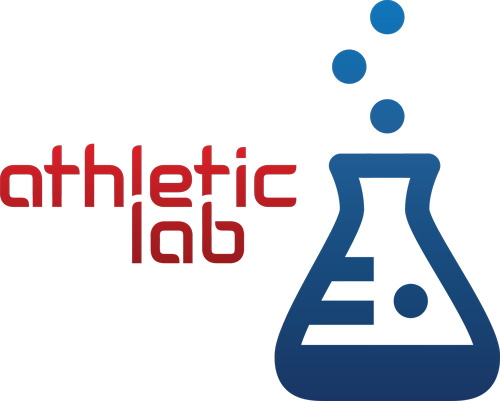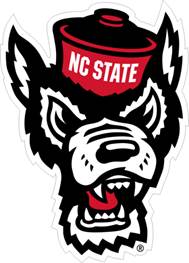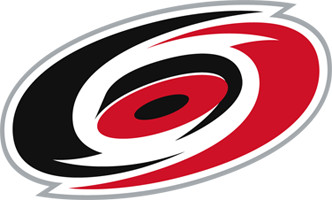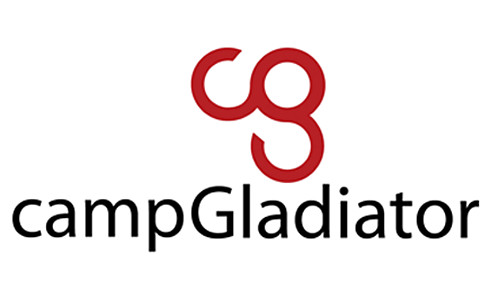Author: Will Parker, CSCS, USAW
We all know about the upcoming Spring Break, pool parties, July 4th at the lake and weekends hitting up the beach, so you might be thinking “I’ve got some work to do to look good in my board shorts or two piece.” With that in mind, let’s talk about the two primary topics that will help you get shredded for summer in the sun:
- Training
- Nutrition
Training
The first aspect we will talk about is one’s training regime. For context, we will use fitness models and bodybuilders as comparative standards for the physique in question. It is important to note that these individuals do not always look like they do in a photo shoot or competition. They approach their training in a structured periodized approach so they are big/tone and lean at the targeted time.
In general, they start with a “bulk phase” which is called hypertrophy. This is regular training to muscular overload to stimulate lean muscle growth. Common phrases associated with this type of training are “no pain, no gain” and “feel the burn” both of which speak to the physical challenge and discomfort associated with a true hypertrophy session. A variation of hypertrophy that is growing in popularity is called metabolic training, usually implemented with circuits or complexes involving many different exercises. This allows for a high volume of training and muscle fatigue while also achieving a high caloric output. People prefer this method of training whether in boot camps, classes or other branded gym settings primarily because it accomplishes a lot in a relatively short training session. This provides people a challenging workout and quickly gets them back to the office or their families to live their lives. I personally have found great success in combining both a pure hypertrophy program with a metabolic program to provide strength and muscular size gains while also increasing calorie burn.
Going back to the example of fitness models and bodybuilders, once their photo shoot or competition is drawing near (generally about 8 weeks out) they begin to shift focus into more of a “cut phase” where they emphasize trimming body fat while trying to minimize muscle loss. This is where I would put more emphasis on increasing their anaerobic and aerobic conditioning. However, with that said, the biggest aspect to a cut phase is not in the Training component but one we will discuss next…
Nutrition
The #1 most important variable one can control to help them lean out is their nutritional intake. One’s nutrition makes up about 75% of the importance in maximizing their training. This is especially true in the cut phase. The first concept and easiest to implement is hydration. The amount of fluid one should consume is equal to 50-100% of their body weight in ounces. For example, a 200 lbs person needs 100-200 oz of fluid/day based on their physical activity. If they have a relaxed recovery day, they need the 50% whereas if they are highly active in their training they will need more in the 100% range. While we are talking about hydration, you should also keep in mind that one strategy critical to the success of fitness models and bodybuilders as they approach their respective competitions is to systematically dehydrate themselves to improve muscular striation. HOWEVER, this is very unhealthy and should not be incorporated without the consultation and close supervision of a health and fitness professional.
The next nutritional topic to mention is macro nutrient content, specifically that of carbohydrates. Ah, to carb or not to carb? That is the question! First, we need to understand that carbs are the primary energy source that our muscles use to function. Think of carbs like the gasoline or electricity you put into your cars. If your fuel is limited then your workout will be limited. This is definitely true during your bulk phase as carbs should strongly be considered for consumption pre-workout, during (for long or extremely intense bouts) and post-workout to optimize your muscular growth.
Once you begin shifting into your cut phase, it is generally recommended to reduce your carb intake, particularly starchy carbs like potatoes, rice, breads and pastas. At the same time, you should also begin to increase your vegetable intake to help supplement your carbohydrate needs. You can never eat too many vegetables! The gradual decrease in carbs will encourage your body to bypass the primary muscular energy source of carbohydrate and begin to target the metabolism of fat as its fuel source. This is where diets like Atkins, South Beach and Keto shine. The fat burn is the positive of this method however the subsequent strength loss is just one of the negatives. So, do not be surprised when your workouts become harder and sets that used to feel “easy” are now kicking your butt. Also, this nutritional strategy is directly affecting your biochemistry and as a result will make you irritable so be prepared by having a conversation with those in your life as to this potential change in your mood.
Keep in mind this is just a blog and not at all intended to be all encompassing information on this topic. If you are interested in working towards a summer time six pack and would like some professional guidance towards your goals our contact information is below. Good luck!
Raleigh
(919) 876-1100
Cary
(919) 535-8845
apccaryinfo@raleighortho.com









